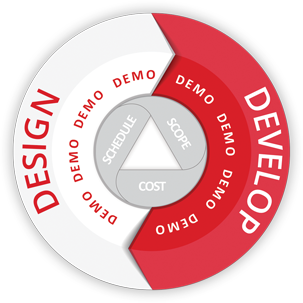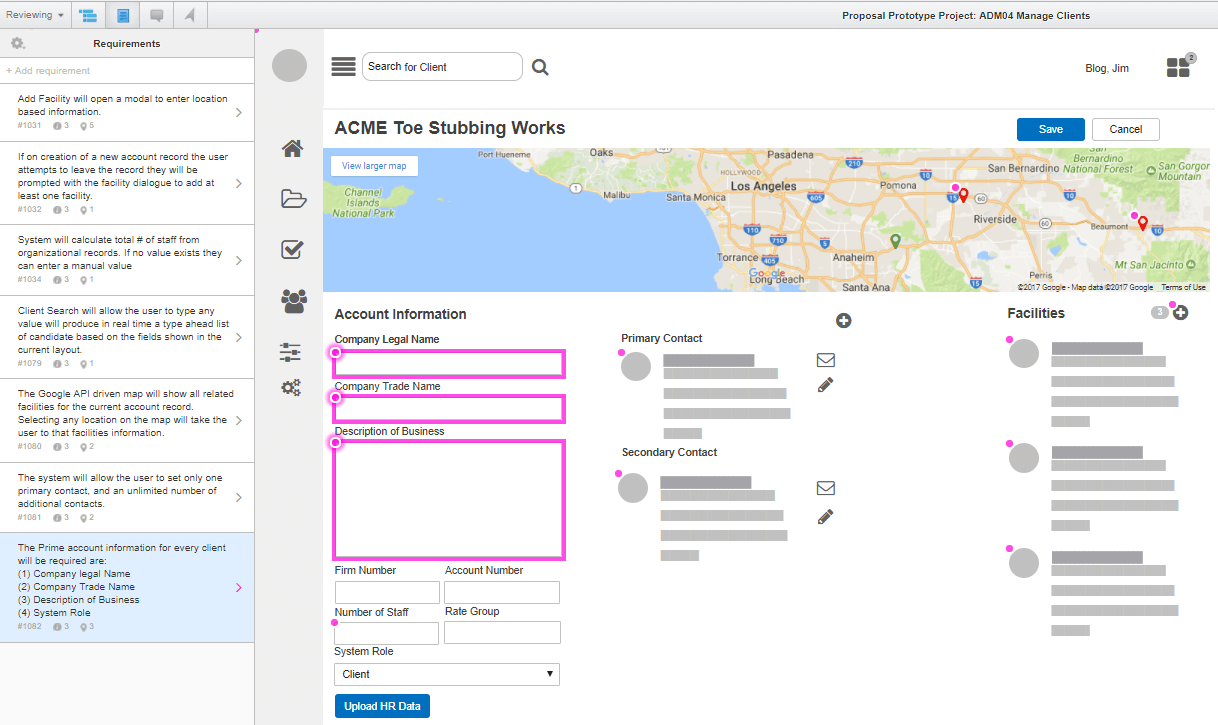What does integrating your workforce mean?
What will I gain from mobile integration?
Why does mobile integration matter?
These are the important questions that customers are asking more and more. Whether you are a small or medium-size business owner or an IT professional at a large enterprise, you are most likely considering how, what and why mobile integrations have become such a big deal.
Integrating your mobile workforce means your systems and data are relayed to the smart phones or off-site systems of your employees. They receive real-time reporting, customer information, tracking codes – whatever form of data your organization uses can be integrated through mobile.
Mobile Integrations: Here Comes the Boom

With the recent boom of reliance on cloud storage and cloud integration, IT managers and business owners who are not using mobile integration are playing catch up. Yes, your in-house systems may be integrated to some extent, but your business no longer takes place only in-house. At a bare minimum, I am willing to bet your team uses their email from their smartphones (unless there are privacy concerns). The world is more connected than ever, Wi-Fi is available in more places than ever, and smart phones are available to more users than ever. But, your systems and your data are still just in-house?
Mobile integrations are here to stay and the benefits gained are ever the more valuable:
Offers New Revenue Streams
Mobile integration gives salespeople many more opportunities to turn budding prospects into paying customers. With reports and data input information being accessible via a smartphone, the chances of sales opportunities increases simply due to availability of resources.
Empowers Your Mobile Workforce
Mobile employees use integrated systems to receive important documents, company memos, web messaging – if it can be sent to the cloud, it can be sent to your team. This allows your mobile team to be instantaneously informed and engaged with the onsite team.
Reduces Data Conflicts
Users will receive real-time data. The data they see will be the most up to date and the data they enter will be available in-house just as efficiently. Data conflicts will be reduced, stress levels will remain bearable and all parties involved will be more efficient and effective.
Saves Money and Time While Reducing System Complexity
A properly developed mobile integrated system means less cost for hosting an in-house data centre. Maintenance costs, housing costs and installation costs will all be decreased. IT workers will have more time for important tasks and all employees will receive a more seamless software experience.
Even the Farmers Are Getting In On the Technology
Heavyweight agriculture and technology equipment manufacturer, John Deere have dove into this mobile integrations movement (John Deere Press Release) like it’s the local pond. John Deere’s most recent dabble into the big data movement is their implementation of their Operations Centre. The Operations Centre is a suite of farming software that relays data to farmers, but they are now integrating with their mobile workforce via smartphones and in-cab technology. Here is what Senior Product Manager Tyler Hogrefe of the John Deere Intelligent Solutions Group has stated,
“We’re making machine and agronomic information available to users where they want it and when they need it. Users will be able see how their operation is performing, direct and adjust operations in the field, and seamlessly collaborate with trusted partners in order to increase efficiency and profitability.”
John Deere prides themselves on being a leader in not just agriculture and construction equipment industries, but also a leader in information technology and their mobile integration strategy is unlike most other companies. They have used mobile integrations to transform not just how their employees do day-to-day operations, but how their entire business is run and also how their business is perceived.
A large scale mobile integrations strategy like John Deere may not be quite on your radar; however the expanding industry and possibilities of mobile integration should excite you. New solutions are being developed every day and these solutions are changing the way businesses operate and changing how employees work. Large or small, if you need mobile integrations solutions – or just advice – be sure to reach out to CoreSolutions Software.














